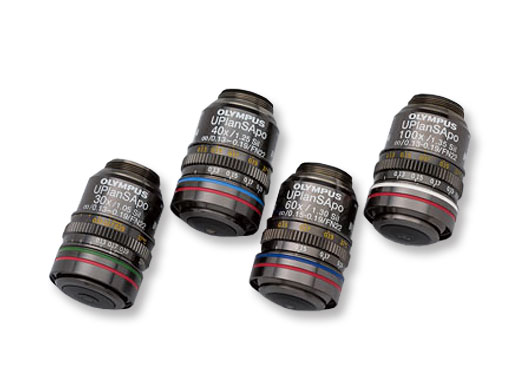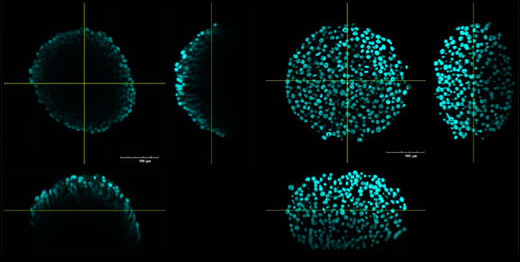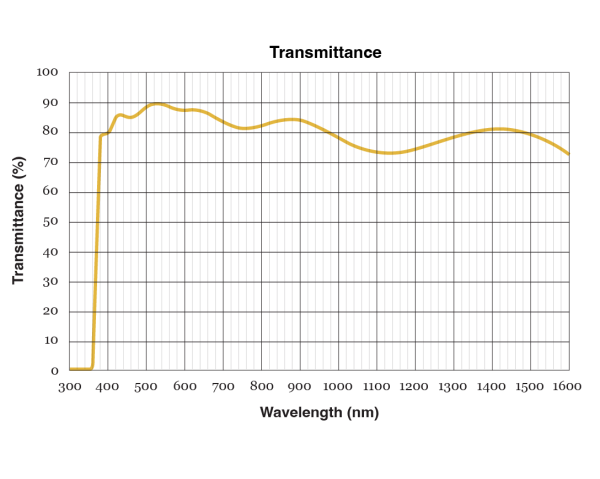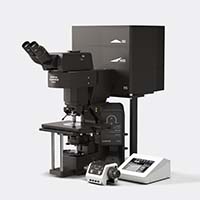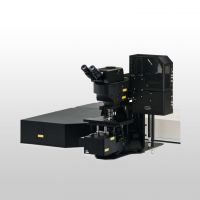Organoid and 3D Imaging3D tissue models such as spheroids and organoids are popular in cancer research and drug discovery since they mimic the in vivo microenvironment much better than classical 2D cell cultures. For example, patient-derived organoids are one of the most powerful tools to recapitulate the original patient’s drug response. Imaging these in 3D certainly poses challenges to the imaging system, and thus the appropriate objective lenses must be carefully considered. |
| The Objective Truth — Silicone Immersion Objectives are Optimized for Live ImagingWith a refractive index similar to that of living tissue, A Line silicone immersion objectives deliver bright images of living and cleared tissue, making them the perfect tool to image 3D tissue models. And because silicone oil doesn’t dry out at 37 °C (98.6 °F), time−lapse observations are more reliable and less complex. |
|---|
See the Truth — Discover the Real 3D Shape of Your SampleMatching the refractive index of a sample and immersion media is very important to get accurate 3D images. Mismatches of the refractive indices (water or standard immersion oil) will lead to distortions of the 3D image. Only silicone immersion oil provides the right refractive index of living samples and results in accurate 3D images. |
|
|---|
Deep Imaging of Organoids with Multiphoton MicroscopyMultiphoton systems are ideal for time-lapse observation of thick 3D cell cultures, such as spheroids and organoids. Our specialized IR lenses, such as the 30X IR silicone lens, use Olympus’ unique 1600 nm coating, making them the perfect match for these applications. |
Form with ID "F1" could not be found! | 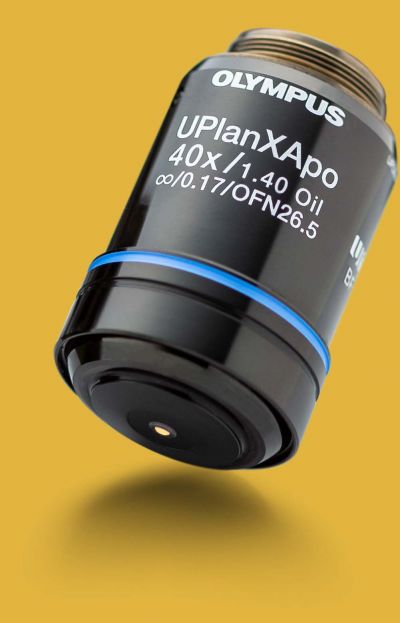 |
对不起,此内容在您的国家不适用。
对不起,此内容在您的国家不适用。
